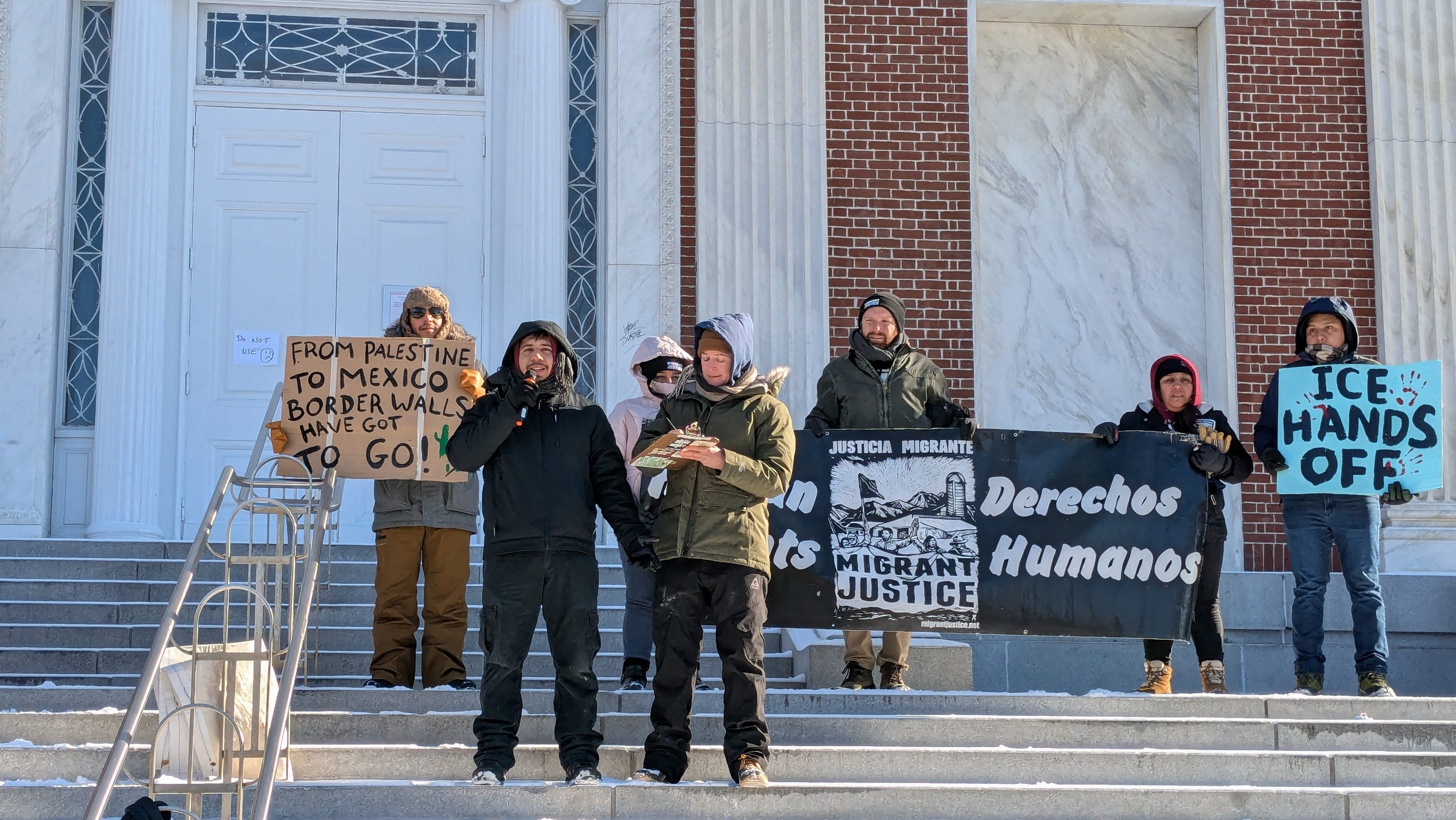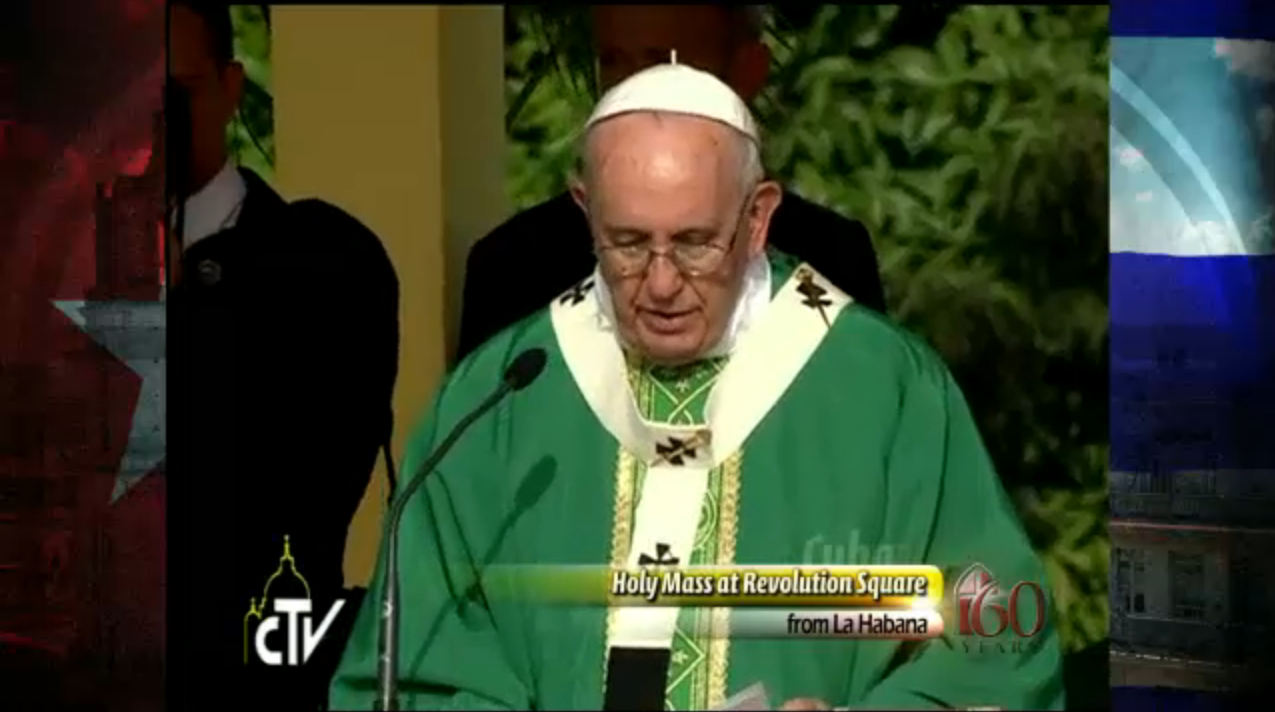New Legal Obstacles Slow Trump Administration's Immigration Crackdown

Table of Contents
Judicial Challenges to Key Immigration Policies
The Trump administration's immigration policies faced immediate and sustained legal challenges, significantly impacting their implementation and effectiveness. Several key policy areas illustrate this point.
The Travel Ban
The Trump administration's travel ban, targeting several Muslim-majority countries, generated widespread controversy and intense legal battles. The ban's stated purpose was to enhance national security, but critics argued it was discriminatory and violated constitutional principles.
- Supreme Court Involvement: The Supreme Court ultimately upheld a revised version of the travel ban, but with significant limitations. This signaled the judiciary's role in checking executive power concerning immigration policy.
- Impact on Entry Restrictions: The court rulings, while allowing a modified ban, considerably restricted the administration's ability to restrict entry based solely on nationality. The legal battles highlighted the difficulties in implementing broad-based restrictions without facing constitutional challenges.
- Legal Arguments: The main legal arguments against the ban centered on claims of religious discrimination under the First Amendment and violations of due process rights under the Fifth Amendment. These legal challenges successfully constrained the scope of the executive order.
DACA Rescission
The attempt to end the Deferred Action for Childhood Arrivals (DACA) program, which protected undocumented immigrants brought to the US as children, also met considerable legal resistance.
- Ongoing Litigation: The rescission of DACA sparked extensive litigation, with various court rulings temporarily blocking the administration's action and protecting DACA recipients.
- Constitutional and Statutory Arguments: Legal arguments against the rescission centered on claims of arbitrary and capricious agency action, violation of due process, and potential breaches of administrative procedure laws. The courts scrutinized the administration's justification for ending the program.
- Impact on Undocumented Immigrants: The legal battles surrounding DACA have had a profound impact on the lives of hundreds of thousands of undocumented immigrants, creating uncertainty and anxiety about their future in the United States.
Increased Asylum Restrictions
The administration's efforts to tighten asylum rules and restrict access to asylum faced substantial legal pushback.
- Court Rulings: Several court rulings have blocked or limited the implementation of stricter asylum policies, citing concerns about due process and humanitarian considerations.
- Impact on Asylum Claims: The legal challenges have slowed down the processing of asylum claims and affected the success rate for asylum seekers. This has led to considerable backlogs in the asylum system.
- Humanitarian Concerns: Critics argued that the increased restrictions on asylum claims ignored humanitarian concerns and violated international law principles related to the protection of refugees.
The Role of Federal Courts in Blocking Immigration Crackdown Measures
Federal courts played a pivotal role in hindering the Trump administration's immigration crackdown through various legal mechanisms.
Injunctive Relief
Federal courts issued numerous injunctions, temporarily halting or preventing the enforcement of specific immigration policies.
- Examples of Injunctions: Injunctions blocked the deployment of certain border security measures, limited the detention of asylum seekers, and prevented the implementation of specific aspects of the travel ban.
- Legal Basis for Injunctions: These injunctions were often based on claims of violations of constitutional rights, procedural irregularities, or exceeding statutory authority.
- Effect on Enforcement: The injunctions significantly curtailed the administration's ability to enforce its immigration policies effectively and swiftly.
Increased Scrutiny of Administrative Procedures
The courts subjected the Trump administration's immigration policies to heightened scrutiny regarding administrative procedures.
- Heightened Scrutiny: The courts examined the rulemaking process, ensuring compliance with the Administrative Procedure Act and other relevant laws.
- Procedural Irregularities: Allegations of procedural irregularities, such as insufficient notice and comment periods, led to successful legal challenges and delays in policy implementation.
- Overall Impact: Increased judicial scrutiny significantly impacted the speed and efficacy of the administration's immigration crackdown.
The Long-Term Implications of Legal Obstacles on Immigration Policy
The legal battles surrounding the Trump administration's immigration policies have far-reaching implications.
Impact on Future Immigration Legislation
The legal challenges could significantly influence the future legislative landscape concerning immigration.
- Impact on Public Opinion: The legal battles have shaped public opinion and fueled the ongoing debate on immigration reform.
- Legislative Reforms: Congress may attempt to address the legal challenges through legislative reforms, potentially modifying existing laws or creating new ones.
- Compromise Solutions: The legal challenges may encourage the search for compromise solutions, but the feasibility of such solutions remains uncertain.
Shifting the Legal and Political Landscape
The numerous legal challenges have fundamentally altered the political landscape concerning immigration.
- Role of Advocacy Groups: Advocacy groups played a critical role in filing lawsuits and influencing public opinion.
- Lasting Impact: The legal battles have left a lasting impact on the future of immigration policy and continue to shape the ongoing debate.
Conclusion
The Trump administration's ambitious immigration crackdown encountered significant resistance from the judicial system, substantially slowing, and in some areas, halting its progress. Numerous legal challenges to key policies exposed vulnerabilities and highlighted the judiciary's power in shaping immigration policy. These legal battles not only delayed implementation but also set precedents for future challenges. Understanding the impact of these legal obstacles is crucial for anyone following the ongoing evolution of immigration crackdown efforts and the future of immigration policy in the United States. Further research into the specifics of each legal challenge is essential to fully grasp the complexities of this ongoing struggle and to inform future discussions on immigration reform and border security.

Featured Posts
-
 Dow Jones And S And P 500 Stock Market News For April 23
Apr 24, 2025
Dow Jones And S And P 500 Stock Market News For April 23
Apr 24, 2025 -
 The Destruction Of Pope Francis Ring A Papal Tradition Explained
Apr 24, 2025
The Destruction Of Pope Francis Ring A Papal Tradition Explained
Apr 24, 2025 -
 Nba All Star Saturday Night Herro And The Cavaliers Reign Supreme
Apr 24, 2025
Nba All Star Saturday Night Herro And The Cavaliers Reign Supreme
Apr 24, 2025 -
 Canadian Auto Industrys Five Point Plan To Address Us Trade War Threat
Apr 24, 2025
Canadian Auto Industrys Five Point Plan To Address Us Trade War Threat
Apr 24, 2025 -
 How Effective Middle Management Benefits Both Employees And Organizations
Apr 24, 2025
How Effective Middle Management Benefits Both Employees And Organizations
Apr 24, 2025
